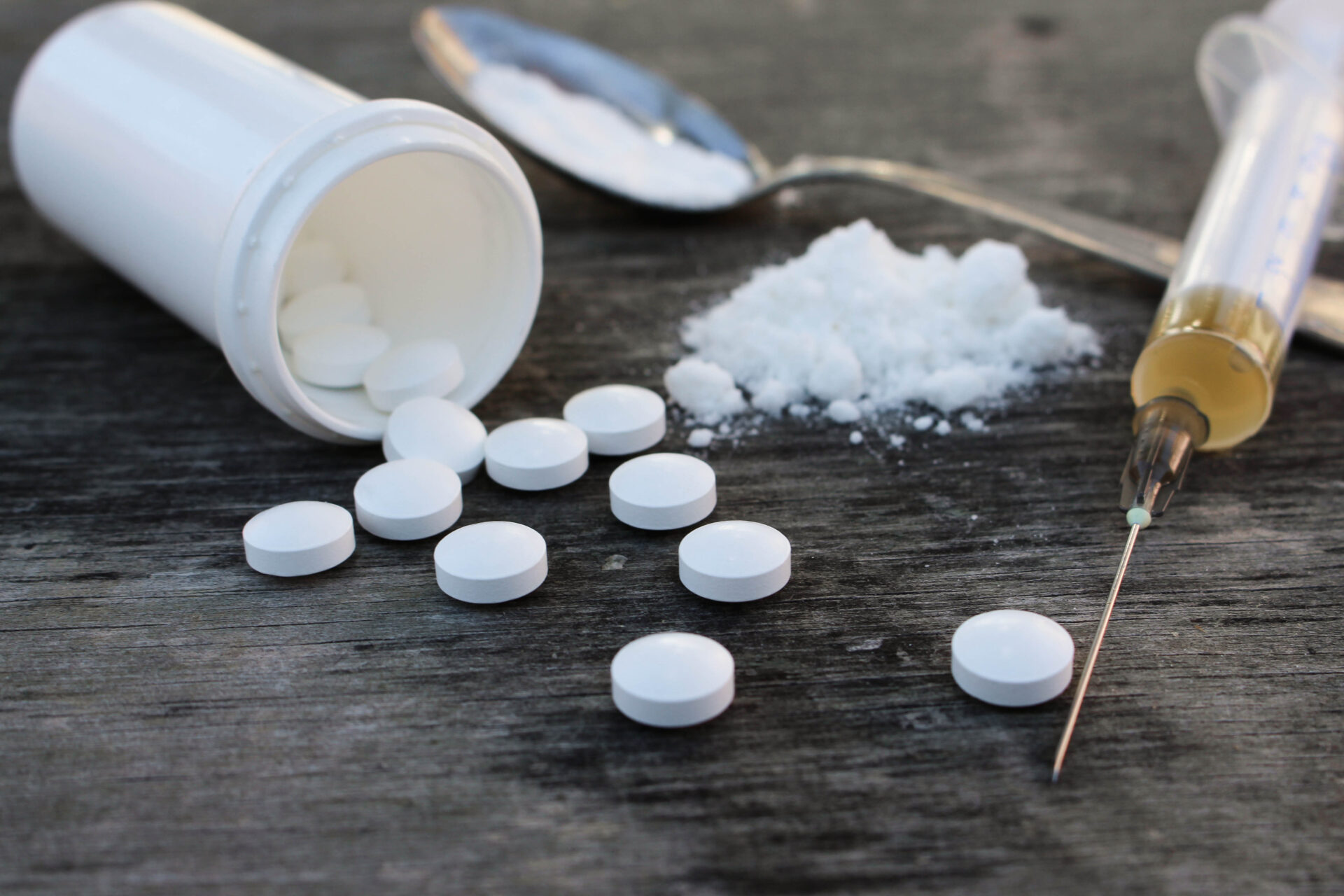A Virginia doctor who was sentenced to 40 years in prison after prescribing more than half a million doses of highly addictive opioids in two years has been granted a new trial by a federal appeals court that found the instructions given to jurors at his trial misstated the law.
Joel Smithers was convicted in 2019 of more than 800 counts of illegally prescribing drugs.
During his trial, prosecutors said patients from five states drove hundreds of miles to see him to get prescriptions for oxycodone, fentanyl and other powerful painkillers. Authorities said Smithers headed a drug distribution ring that contributed to the opioid abuse crisis in Kentucky, Ohio, Tennessee, Virginia and West Virginia.
In a ruling issued Friday, a three-judge panel of the Richmond-based 4th U.S. Circuit Court of Appeals vacated Smithers’ convictions and ordered a new trial.
Jurors at Smithers’ trial were instructed that in order to find Smithers guilty of illegally prescribing drugs, they must find that he did so “without a legitimate medical purpose or beyond the bounds of medical practice.”
But the appeals court found that that jury instruction was improper, citing a 2022 U.S. Supreme Court ruling that said a defendant must “knowingly or intentionally” act in an unauthorized manner to be guilty of that charge. Even though the jury convicted Smithers in 2019, his case was subject to the 2022 Supreme Court decision because his appeal was still pending when that ruling was issued.
Justice Roger Gregory, who wrote the 3-0 opinion for the 4th Circuit panel, cited Smithers’ testimony at his trial, when he said almost all of his patients had had significant car or workplace accidents and that he believed there was a legitimate medical purpose for each of the prescriptions he wrote. Gregory wrote that even though “a jury might very well not have believed Smithers’ testimony that he acted with a legitimate medical purpose,” the defense provided evidence that could have led to a finding of not guilty on each of the unlawful distribution charges against Smithers.
“In sum, because there was evidence upon which a jury could have reached a contrary finding, the instructional errors were not harmless,” Gregory wrote.
During Smithers’ trial, a receptionist testified that patients would wait up to 12 hours to see Smithers, who sometimes kept his office open past midnight. Smithers did not accept insurance and took in close to $700,000 in cash and credit card payments over two years, prosecutors said.
“We understand the 4th circuit decision following a recent change in the law and look forward to retrying the defendant, ” U.S. Attorney Christopher Kavanaugh said in a statement Monday.
Beau Brindley, an attorney for Smithers, said that since the 2022 Supreme Court decision, “only one thing decides a doctor’s guilt or innocence: his own subjective beliefs about his prescriptions.”
“Under this new legal standard, with the focus now solely on his intent, Dr. Smithers looks forward to being fully exonerated at trial,” Brindley said in a statement.
